Blue Jay
A species of North American Crested Jays Scientific name : Cyanocitta cristata Genus : North American Crested Jays
Blue Jay, A species of North American Crested Jays
Botanical name: Cyanocitta cristata
Genus: North American Crested Jays
Content
Description People often ask General Info
 Photo By U.S. Fish and Wildlife Service Northeast Region , used under CC-BY-2.0 /Cropped and compressed from original
Photo By U.S. Fish and Wildlife Service Northeast Region , used under CC-BY-2.0 /Cropped and compressed from original Description
The blue Jay is the largest and the most common Jay in North America. This frequent visitor of birdfeeders is quite opportunistic when it comes to food - it is known as "a nest robber." Able to produce a wide range of musical sounds, this loud songbird can even imitate a Red-shouldered hawk (Buteo lineatus). Intelligent and sociable, the blue Jay is said to form strong family bonds.
Size
22 - 30 cm
Life Expectancy
17.5-26.25 years
Nest Placement
Tree
Clutch Size
2 - 7 eggs
Incubation Period
1 brood
Number of Broods
17 - 18 days
Nestling Period
17 - 21 days
Feeding Habits
Blue Jay's diet is omnivorous, comprising insects (22%), acorns, nuts, fruits, grains, and small vertebrates. They feed in trees and on the ground, raid nests occasionally, and cache food. Blue Jay uses its strong bill to crack nuts and consume various plant and animal matter.
Habitat
Blue Jay commonly dwells in diverse environments, ranging from wooded habitats to urban settings. They exhibit a preference for mixed woodlands abundant in oak and beech trees, typically found in regions like Florida's pine woods and Ontario's spruce-fir forests. While blue Jay does occupy forest edges more frequently than dense woodlands, they thrive in suburban and urban areas, particularly where oak trees or bird feeders are present. Adaptive to human alterations in the landscape, blue Jay can flourish in areas affected by deforestation if alternative resources are available.
Nest Behavior
Both blue Jay parents participate in nest building, with males gathering more materials and females focusing on construction. They may travel far for materials like rootlets. After laying eggs, they exhibit strong parental care, but may abandon nests if predators are detected.
Nest Characteristics
Blue Jay construct their nests in the crotch or outer branches of trees, preferring heights between 10-25 feet. The open cup-shaped nest is made primarily of twigs, sometimes incorporating grass and mud, and is lined with rootlets for comfort.
Dite type
Omnivorous
People often ask
General Info
Feeding Habits
Bird food type
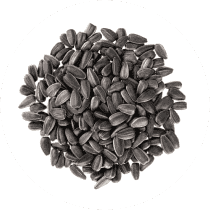
Black Oil Sunflower Seeds
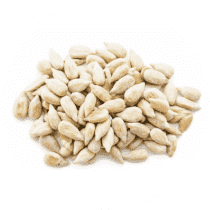
Hulled Sunflower Seeds

Safflower

Suet
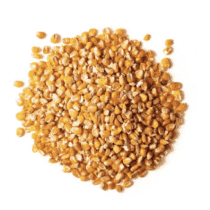
Cracked Corn
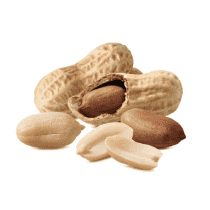
Peanuts
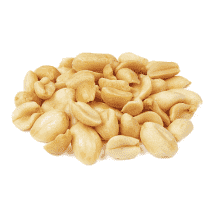
Peanut Hearts

Fruit
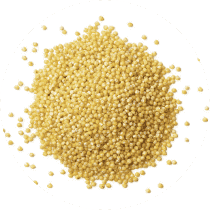
Millet
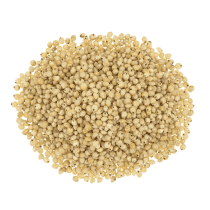
Milo
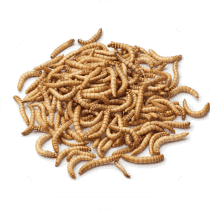
Mealworms
Bird Feeder Type

Large Tube Feeder
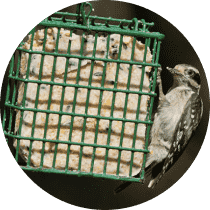
Suet Cage

Large Hopper

Platform
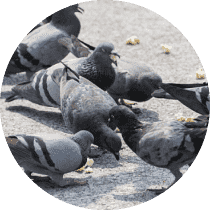
Ground
Sounds
Call
Recording location: United States
Mimicry
Recording location: United States
Behavior
Blue Jay are intelligent songbirds with complex social systems and tight family bonds, often mating for life. Their daily activities revolve around foraging, which includes skillful acorn storage using their gular pouch, and participating in various vocal interactions, displaying an immense 'vocabulary' and mimicry abilities. They exhibit distinct crest movements to communicate aggression or sociability. Parental care is evident, with only the female incubating and both parents feeding the young, lasting one to two months post-fledging. Their migratory patterns are unique among New World jays yet remain poorly understood. While blue Jay can appear aggressive, they are often dominated by other species at feeders, debunking some common perceptions of their behavior.
Distribution Area
The blue jay occurs from southern Canada (including the southern areas of provinces from Alberta eastward to Quebec and throughout the Atlantic provinces) and throughout the eastern and central United States south to Florida and northeastern Texas. Recently, the range of the blue jay has extended northwestwards so that it is now a rare but regularly seen winter visitor along the northern US and southern Canadian Pacific Coast. 

 Photo By U.S. Fish and Wildlife Service Northeast Region , used under CC-BY-2.0 /Cropped and compressed from original
Photo By U.S. Fish and Wildlife Service Northeast Region , used under CC-BY-2.0 /Cropped and compressed from original